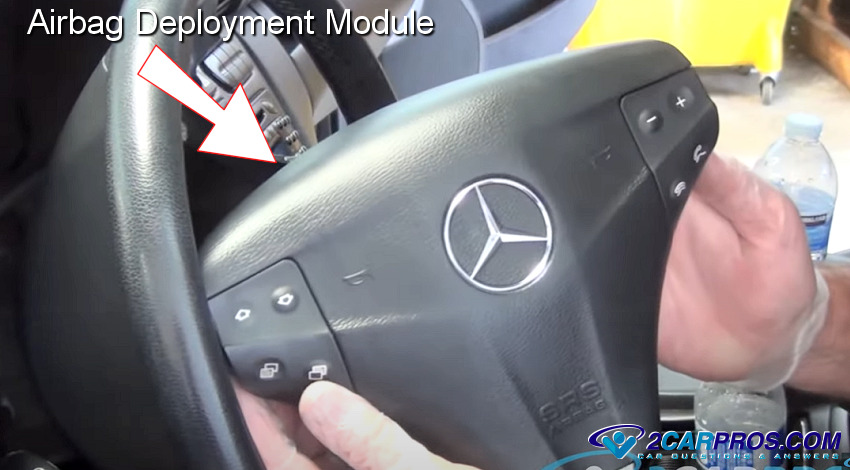- Can you post a photo of the servo?
I'm looking to install a Dakota Digital CRS-3000. It's a rebranded Rostra 250-1223 unit. I currently have no cruise control in the car.
- The first thing to look at is how the throttle cable is pulled. Most models do that by applying engine vacuum to the servo through some solenoid-controlled valves.
I have. It's an electric servo (on the cruise control). It has to be mounted inside; the Volvo cruise control that was an option on the car required a different pedal box for a reason, the way it was set up it couldn't attach to the throttle body directly.
- Also, there is no practical way to make the cable pull on the accelerator pedal.
See above; that's the way the stock (optional) cruise control did it. I do not wish to replace my pedal cluster, so this is not an option.
- There's also multiple ways the unit gets its speed signal.
Yes. The 1986 Volvo 244 has an electric VSS in the differential, 10k PPM.
- They came out with a third model that connected to a vehicle speed sensor wire, but we didn't install a lot of them. For those, the unit will come with a booklet that listed the car models it will work on, where to fine the correct wire, and its color.
The connection would be behind the speedometer, and there is a test point in the back of the car where you can connect a cheap low voltage DC power supply, and if it's cheap enough without sufficient rectification it'll send a 60Hz sine wave to the speedometer. With that, you can track down the proper wire and connect it up.
- Some of the other brands of aftermarket cruise controls used a coil and metal core clipped around one of the spark plug wires. Those only held engine speed steady, not road speed.
Yes, I am not looking to install one of those
Do you have any recommendations to a place I could find that would be willing to install a cruise control? I'm sorry if I'm being curt, I want to make sure I provide all the necessary information.
Tuesday, January 7th, 2020 AT 3:13 PM





